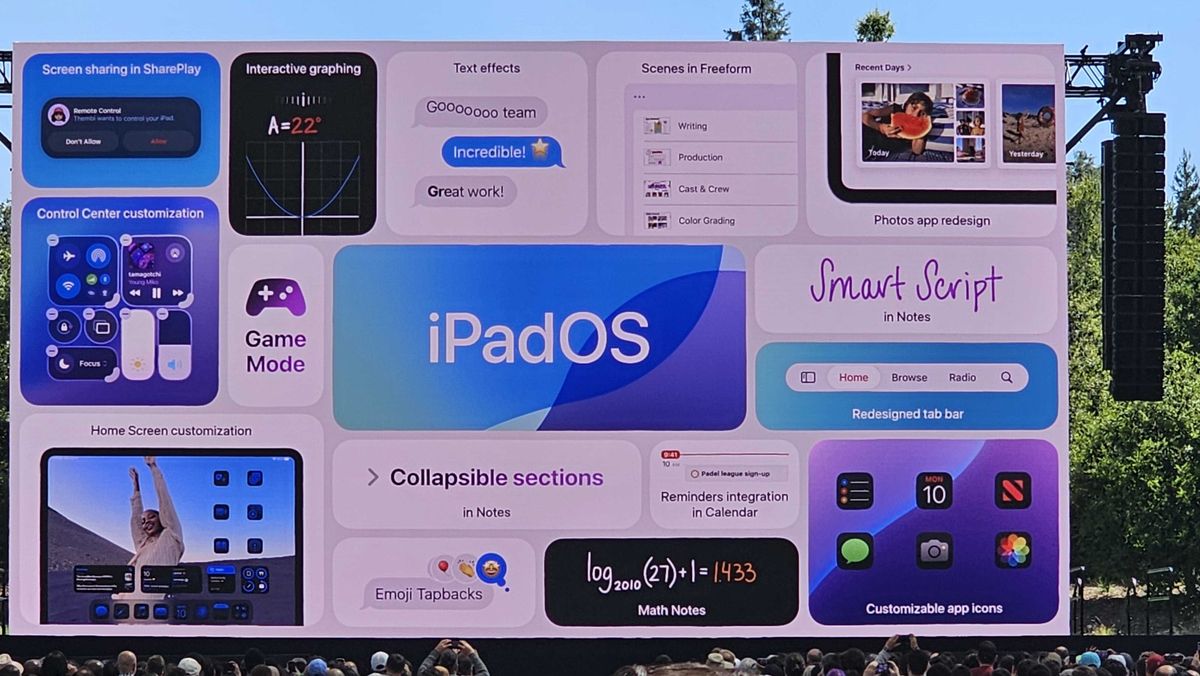Rugged devices are designed to work rain or shine, literally. These devices can operate in harsh environments, including extreme temperatures, water, strong vibrations, dense dust, and for long periods of time.
They are especially popular in warehouses, construction, logistics and healthcare, and their scope of use is expanding. In fact, one survey found that more than half of IT decision-makers plan to increase their spending on rugged devices in the next 12 to 18 months.
But when it comes to data breaches, rugged devices are just as vulnerable as other technologies. The cyber environment can be just as hostile as the physical environment, so a device's robustness is determined as much by its defense against cyberattacks as its durability.
Founder and CEO of Hexnode.
Back to security basics
It’s easy to overlook the fundamentals of cybersecurity when managing sophisticated, rugged devices, but without this foundation, you’re building on shaky ground. Standard cybersecurity practices ensure that every device in your fleet has protective measures in place that can evolve and be customized to your organization’s needs. These basics include:
– Regular software updates for your operating systems, firmware, and applications. Ideally, these updates should be automatic to ensure that security vulnerabilities are fixed with the latest versions and that security features respond to the most current threats.
– Two-factor authentication (2FA) and biometrics to access accounts. Passwords alone are not enough
– 2FA and biometrics provide another layer of protection that makes it more difficult for unauthorized players to access rugged devices and their data.
– Only connect to secure and trusted VPN and WiFi connections. If your team must use public internet connections, they should only do so with a VPN to avoid exposing sensitive information on rugged devices.
– Encrypt file data stored on rugged devices, both at rest and in transit.
– Back up data frequently (both offline and via the cloud) and store data away from robust physical devices so that if compromised, data can be remotely wiped and not completely lost.
Update robust systems and strategies
Robust technology security requires updating your devices and appliances to close any gaps in your security systems, especially in places where breaches are more likely to be targeted and exacerbated by malicious actors. For example, researchers have shown that industrial barcode scanners used by airport baggage handling systems can remotely receive keystrokes and compromise the computer connected to the scanners.
In response, organizations need to integrate robust technology with existing and evolving digital infrastructures. With this seamless connectivity, device management and operations are more efficient, and real-time decision making is easier and more effective. It also reduces the chances of errors occurring and of hackers finding and exploiting entry points.
Just look at the latest Google distributed cloud setup. The isolated device maintains connectivity in complete isolation (not connected to Google Cloud or the public Internet), so users in challenging environments can continue to access Google cloud applications without compromising data or increasing the risk of outages.
Employees also need to be trained on how to safely use rugged devices and follow security protocols. A study by Stanford and Tessian indicates that employee errors cause 88% of data breach incidents, but with policies such as specifying passwords, prohibiting automatic login, and prohibiting personal app downloads, this number can be significantly reduced.
Physical maintenance of rugged devices is also important. That means cleaning them, servicing them, and having a reliable support team to optimize them and minimize operational failures. And, whenever possible, you should customize your rugged technology based on how it’s used—for example, set limits on battery usage and the number of connections it can make at once. The more efficiently a rugged device runs, the better protected it will be in the business and cybersecurity environment.
Robust device management for remote reality
Rugged devices are designed for their immediate environment, but are managed (and protected) by remote administrators. Therefore, organizations must implement remote security policies that enable secure, long-term use of devices and access to data.
This starts with remote data wipe and device locking. If your rugged devices are lost or stolen, it is possible to remotely wipe your data and prevent access to the device. For rugged devices that are used in precarious environments and can fall into the wrong hands, this feature is essential.
Elsewhere, kiosk mode can restrict internet browsing and app downloading on rugged devices, preventing unsecured apps and websites from abusing data. Remote device inventory monitoring also helps, displaying all managed devices on a dashboard with information about the platform summary, device details, compliance violations, and device status. You can also adopt remote device management that tracks the precise location of devices in real-time. With information about the longitude and latitude of devices, you can always monitor your fleet and check that devices are not in places where they should not be.
Even with these rugged device management measures in place, it is still a good idea to have notifications and alerts in place for when there are potential security threats. These alerts inform users and administrations in advance, before problems escalate and a data breach can occur. For example, you can set up alerts about geofence breaches when your rugged devices move beyond a certain location.
The hard road ahead
Despite their name, rugged devices are susceptible to cyberattacks and need regular maintenance to protect against them. And as rugged devices become more advanced, there is increasing pressure on IT administrations to update those protections in parallel.
By brushing up on security basics, updating systems and strategies, and prioritizing remote management, your rugged devices can be truly robust and a reliable return on investment for organizations.
We have introduced the best rugged laptop.
This article was produced as part of TechRadarPro's Expert Insights channel, where we showcase the brightest and brightest minds in the tech industry today. The views expressed here are those of the author, and not necessarily those of TechRadarPro or Future plc. If you're interested in contributing, find out more here:








